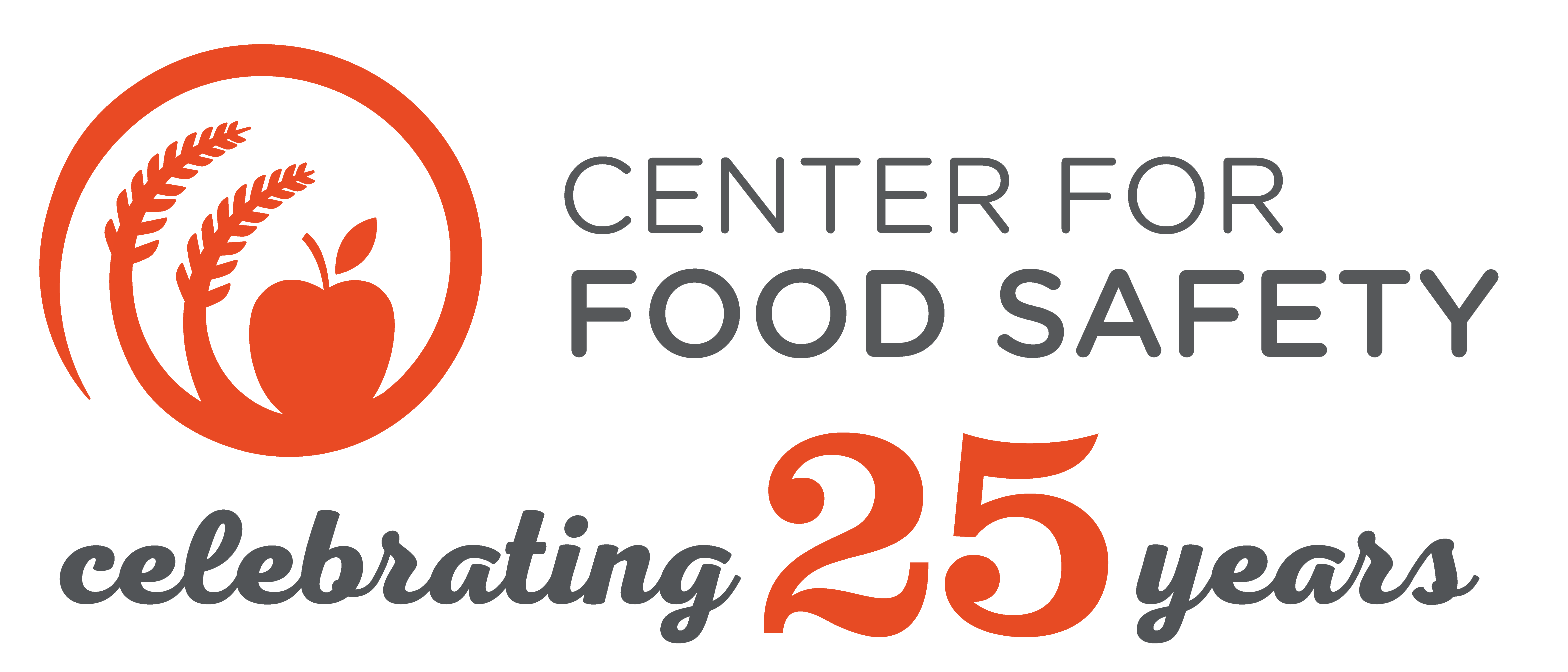For Spanish, click here
While election season is upon us, let’s remember that we are already voting every day. Not at the ballot box, of course, but at the grocery store with your dollars, and at home with your fork! As we make daily choices about what we buy and eat, we are “voting” for how we want food to be grown and distributed in our country.
Voting is a privilege and with privilege comes responsibility. When it comes to food, what kinds of responsibilities do parents have? Well, we have a responsibility to feed our children healthy and nutritious food. We have a responsibility to provide them with clean drinking water. We have a responsibility to feed them fresh fruits and vegetables. The list can get long, fast, and be pretty overwhelming.
This is where the straightforward guidelines provided by the Center for Food Safety’s Cool Foods Campaign can help parents make solid decisions that will benefit their children and the climate one meal at a time.
Start by casting your vote for fresh, unprocessed foods. There is just no substitute for fresh produce, so seek out those with rich colors – red, yellow, orange, green. Remember that rainbow of colors is nature’s way of showing you the plants rich in important vitamins, minerals and other nutrients. People who eat generous amounts of fruits and vegetable are, in fact, likely to have reduced risk of disease including Type 2 diabetes. And, from a climate point of view, fresh, unprocessed foods require the least amount of energy to produce. So these should get your vote daily.
Your local farmers’ market is likely the best place to find a variety of fresh, unprocessed foods. Outings to the farmers’ market can be fun for the whole family and are a great way to build community. You’ll see and taste things like regional heirloom varieties that you just won’t find in a big-box supermarket. As consumers look to buy local food throughout the year, the number of winter farmers’ markets is expanding and many farmers markets now accept SNAP benefits!
Next, vote for organic: when you do, you are casting a resounding vote for health—including yours, your children’s, the farmer’s, the farm worker’s, the soil’s and the climate’s. Did you realize that pesticides, fungicides and other synthetic chemicals are made using fossil fuels? And we all know that fossil fuels just fuel climate change! Additionally, young bodies are susceptible to the impacts of chemical cocktails used to grow non-organic produce. Organic fruits and veggies may have spots or even worm holes, but that’s okay. In fact, it is a good indicator that your produce wasn’t sprayed. Many families pay a premium for organic, but it is still out of reach for some.
This is when eating in season, another Cool Foods guideline, comes in handy: produce that is in season tends to be plentiful and thus less expensive. Ask your farmer what’s in season in your region and what’s coming into season; they will be delighted to tell you. Team up with a friend to buy in bulk. By choosing foods that are fresh, local and in season, you’ll save money and the climate, both of which make organic more attractive.
When it comes to meat and dairy, start by reducing how much you buy and eat. Then, cast your votes wisely by seeking out pasture-raised meats and organic dairy. If you eat meat, there are many reasons why you should opt for grass-fed animal products, including climate and public health. An estimated 80 percent of all antibiotics sold in the U.S. are used to prevent illness in food animals (before they’re sick) and many of these drugs are the same ones used in human medicine. This overuse creates antibiotic resistance in animals and humans, posing significant public health risks and nobody wants to vote for that. Finding alternatives to meat raised in confined animal feeding operations (CAFOs) isn’t always easy, but fortunately, a new crowd-sourced map shows you how to avoid antibiotics in meat.
Finally, other ways to vote for the climate-friendly, healthy kind of food system we all want include avoiding excess packaging and food waste. Packaging produces greenhouse gases (GHG) in its production and creates waste that often ends up in our landfills and waterways. Food waste represents squandered resources including time and money and contributes to climate change by emitting methane gas in landfills. By being thoughtful about both of these things you’ll be casting your vote for cleaner waterways, cleaner groundwater and fewer GHGs.
Election Day, in the kitchen, is actually every day you shop to feed your family. Just remember the Cool Foods fundamentals and you’ll make every bite, like every vote, count.
— Diana Donlon


